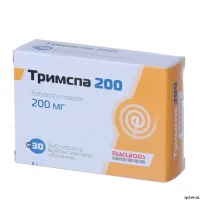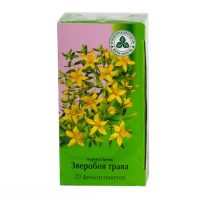$7.00
Manufacturer: Ukraine
Purpose: Inhibits bacterial growth in gastrointestinal infections like diarrhea.
Description
Furazolidon Tablets 0.05 №20
Ingredients:
Each tablet contains 0.05mg of Furazolidon as the active ingredient.
Dosage:
The usual dosage for adults is 100-150mg taken 4 times daily. Consult a healthcare professional for appropriate dosing.
Indications:
Furazolidon tablets are indicated for the treatment of bacterial and protozoal infections.
Contraindications:
Do not use Furazolidon tablets if you have a history of hypersensitivity to furazolidone or any other component of the formulation.
Directions:
Take Furazolidon tablets orally with food to reduce gastrointestinal side effects. Follow the dosage instructions provided by your healthcare provider.
Scientific Evidence:
Furazolidon is a nitrofuran derivative with broad-spectrum antimicrobial activity. Studies have shown its efficacy in treating various bacterial and protozoal infections. Research published in the Journal of Antimicrobial Chemotherapy demonstrated the effectiveness of Furazolidon in eradicating Helicobacter pylori, a common cause of gastric ulcers.
Additional Information:
It is important to complete the full course of treatment with Furazolidon tablets as prescribed by your healthcare provider, even if symptoms improve before the course is finished. Failure to complete the full course may result in the infection not being fully treated and could lead to antibiotic resistance.
Before using Furazolidon tablets, inform your healthcare provider about any existing medical conditions or medications you are taking to avoid potential drug interactions.







Recent Reviews